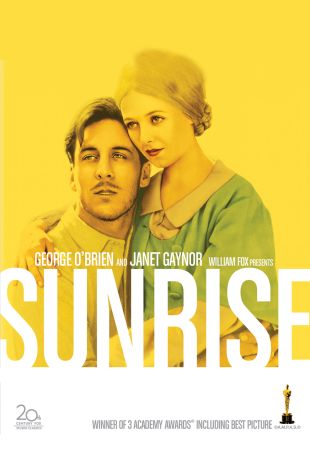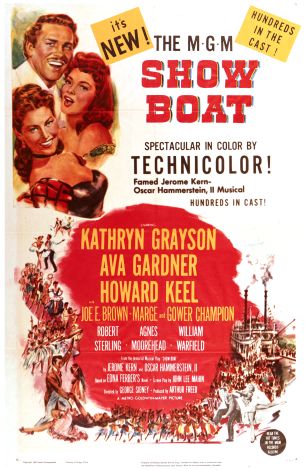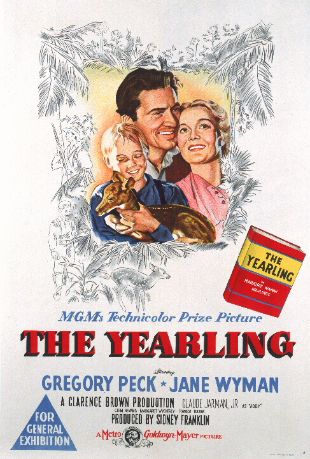Charles Rosher studied photography at London's Polytechnic, then became one of England's pioneer newsreel cameramen. After a successful tenure with the famous Fleet Street firm of Speaight, Court Photographers, Rosher moved to the U.S. in 1909, purchasing his first movie camera outright at the same time. He was working with the Horsley Brothers' East Coast studios when David Horsley decided to move permanently to California in 1911; by staying with the company, Rosher ended up as Hollywood's first full-time cameraman. In 1913 he was commissioned to photograph the now-famous newsreels of the Villa rebellion in Mexico (some of the scenes were "directed" by Pancho Villa himself, who fortunately never decided to pursue a movie career). From 1917 through 1929, Rosher was principal cameraman for Hollywood's Number One female star Mary Pickford. During this period, he developed and refined several influential lighting and camera techniques, and created a film-developing system called ABC Pyro, which enabled the photographer to control exposure under difficult shooting conditions. In 1918, he was among the founders of the American Society of Cinematographers, serving as the union-to-be's first vice president. After acting as German director F. W. Murnau's unofficial advisor on Hollywood moviemaking methods during the filming of Murnau's Faust, Rosher was afforded the opportunity to collaborate with cameraman Karl Struss on Murnau's finest cinematic achievement, the 1927 silent classic Sunrise (1927). Unlike many "star" cinematographers, Rosher was willing to listen to the input of others, even those craftsmen younger and less experienced than he. Still, he was not modest about trumpeting his many achievements, and preferred working with directors who treated him with respect and deference. Having already won the first-ever Academy Award for photography for Sunrise, Rosher was awarded a second gold statuette for his work on the 1946 Technicolor film The Yearling. In addition, he received eight Oscar nominations, two Eastman medals, Photoplay magazine's Gold Medal, and the only fellowship award ever bestowed by Society of Motion Picture Engineers. It is highly probable that Rosher prized most of all the honor afforded him by his former employer Mary Pickford in 1950: "Charles Rosher is the dean of cameramen." Charles Rosher was the father of cinematographer Charles Rosher Jr. and actress Joan Marsh.
Charles Rosher
Share on


